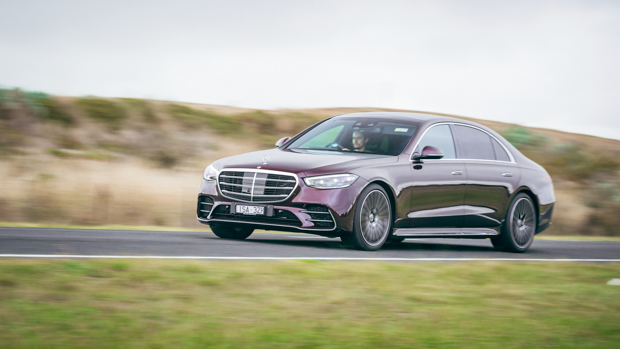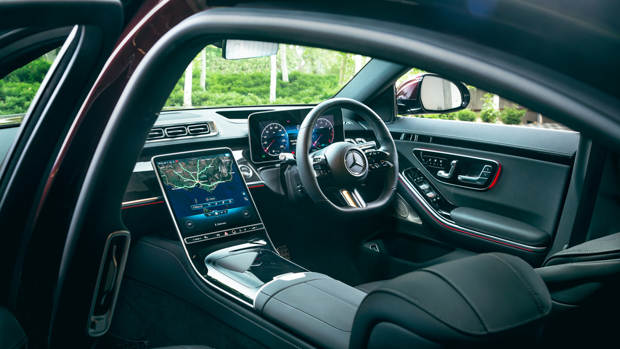-
Car Reviews
- All reviews
- Midsize SUVs
- Small cars
- Utes
- Small SUVs
- Large SUVs
- Large cars
- Sports SUVs
- Sports cars
- Vans
Latest reviews
- Car News
-
Car Comparisons
Latest comparisons
- Chasing Deals
Mercedes-Benz promises to launch an Autopilot system which will be legally responsible in the event of an accident
Mercedes-Benz has already been approved to use its ‘Drive Pilot’ on German highways, and soon it will be available in the US, too.
What differentiates this system from Tesla’s Autopilot or GM’s Supercruise is that once the Mercedes-Benz system is engaged, the driver is no longer liable for what happens from that point forward. When the system disengages and full control is restored to the driver, liability then shifts to the human controlling the car.
This means that if the Mercedes-Benz model crashes while it is operating in Drive Pilot mode, that will be the company’s problem and not yours.
Road and Track spoke to Drive Pilot’s senior development manager Gregor Kugelmann who said that “we’re aiming to get that for California and Nevada by the end of 2022, and we’re checking a lot of other states as well.”
This is a huge moment for autonomous driving, as often the line is blurred with who is to blame in an accident when an autonomous driving system is in use.
Just recently, in Australia, a Tesla Model 3 struck a pedestrian that the driver claimed was operating in Autopilot mode. However, the driver fled the scene, only to return several hours later.
Is being on Autopilot just an excuse to get away with poor driving?
This is a highly debated area, but Mercedes-Benz is on the right track with their liability goals.
If a person is not driving a vehicle and has no control over its actions if it is in an autonomous mode, how can they be liable if the vehicle crashes?
Liability will very likely shift from the individual to the manufacturer who may have to expand on its public liability along with its duty of care that it holds for an individual.
But Mercedes-Benz was not the first automaker to accept responsibility for their car’s autonomous features.
Swedish car manufacturer Volvo stated back in 2015 that it would be liable for any damage or injury caused by its vehicles when operating in Autopilot mode.
Tesla, in an opposite move, says that people must be alert and ready to take the wheel even if the car is in autonomous mode. This pushes the liability back onto the driver rather than the corporation.
Manufacturers can currently be held liable for defective automotive components such as brakes, transmission failures, defective airbag deployment and even defective tyres.
A good example is the Takata airbag saga where a series of fatalities associated with defective airbags caused many global manufacturers to recall millions of cars worldwide.
The issue is ongoing, with the National Highway Traffic Safety Administration (NHTSA) in the United States ordering the recall of more than 42 million cars – the largest recall in US history.
The recall cost the Takata airbag company more than US$24 billion (AUD$31.9 billion) and caused the company to file for bankruptcy as the main party responsible for the issue.
Latest news
About Chasing cars
Chasing Cars reviews are 100% independent.
Because we are powered by Budget Direct Insurance, we don’t receive advertising or sales revenue from car manufacturers.
We’re truly independent – giving you Australia’s best car reviews.



